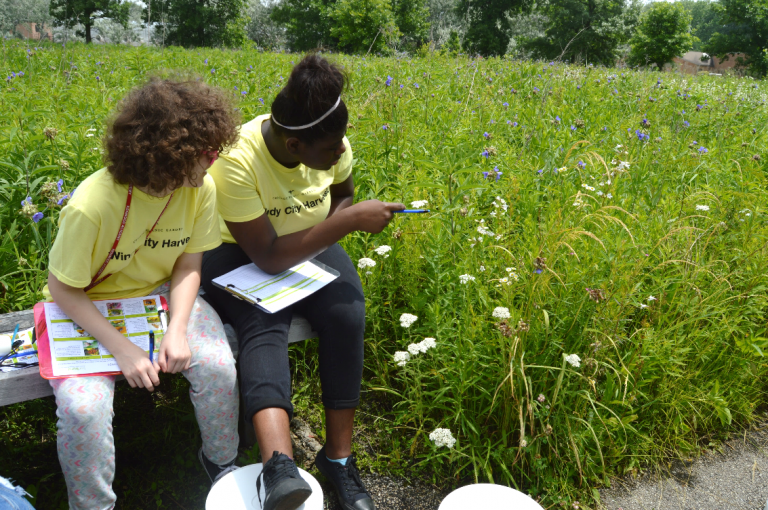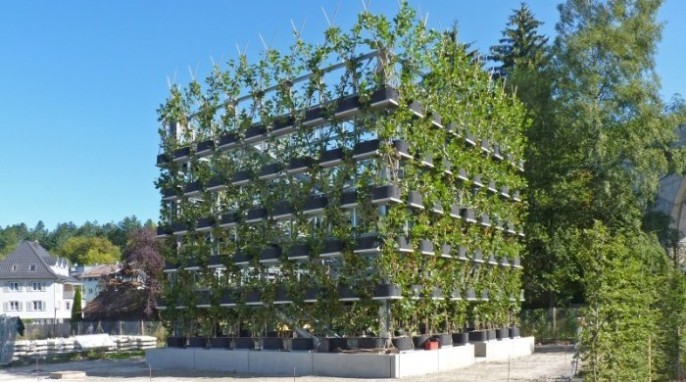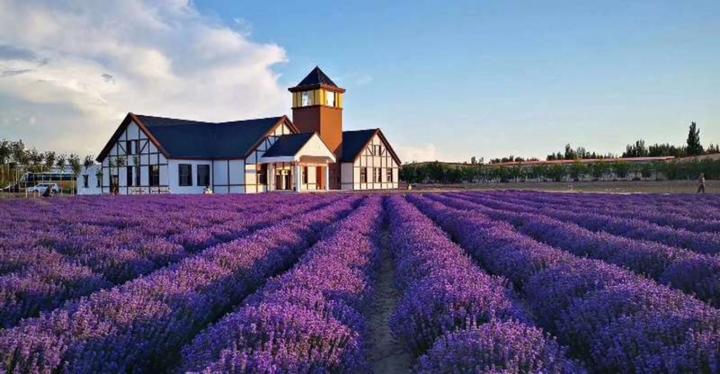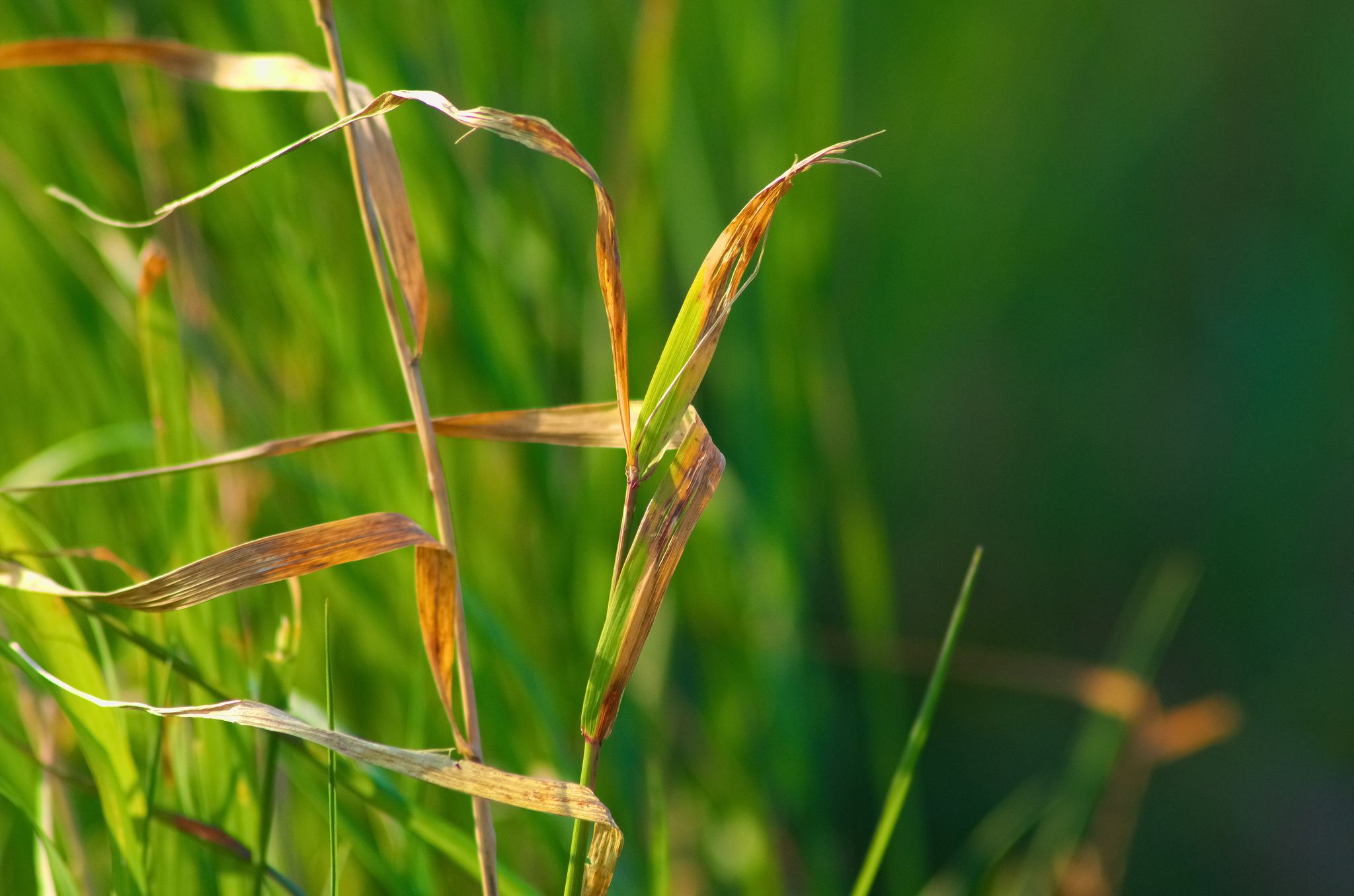Join communities across the world in observing plant life cycles – any plant, any place, any time – by participating in Project Budburst.
SCISTARTER BLOG
I haven’t always loved plants. I loved the animals that took shelter in branches, eating leaves and fruits. I loved the lake surrounded by trees and wildflowers where I took my dog swimming. Plants were an essential, but largely unnoticed and under-appreciated, part of the things that I loved. Then I joined Project Budburst. I slowly began to learn the names of the plants around me. I noticed when leaves started unfurling and flowers budded and bloomed. I realized throughout the year important and fascinating events were taking place all around me. Now when I take my dog to the lake, I notice the blooming lilacs and buzzing pollinators. I know the beautiful tree with the white flowers is called a Star Magnolia (Magnolia stellata), and it is blooming earlier this year compared to last. I know why this matters. My walks are a little slower and longer now, much to my dog’s delight…although he is a little confused that I am now the one making him wait while I finish up some business (data collection!) at a tree. I tell him he can thank Budburst. After all, it has taught me to stop and…study…the roses.
Why study plant life cycles
Budburst participants across the country observe and collect data on plant changes across seasons. The study of plant life cycle events, plant phenology, has important implications for our society. For example, farmers use their knowledge of plant life cycles to judge when they should grow and harvest our food. Furthermore, animals we appreciate and rely upon base their own life events, such as migration and reproduction, on when various plant species leaf-out, bloom, or produce fruit.
Now, more than ever, we need to study plant phenology. The timing of events in plant life cycles is affected by climate change. Environmental factors, like temperature and precipitation, which signal seasonal change, are being altered. For instance, shorter, warmer winters can mean earlier blooming for many species of flowering plants. This can spell disaster for the plants and the organisms that depend upon them, including us! If apple trees bloom early, a late frost may kill their flowers. Climate change can also cause ‘ecological mismatches’, for example, flowers blooming before their pollinators are present. This mismatch can drastically reduce food availability for pollinators and harm plant reproduction. It is critical that we understand how plant life cycles are changing so that we can save our environment. This is how you can help!
Budburst is a community science project led by the Chicago Botanic Garden in collaboration with researchers, educators, and community scientists. We ask questions, collect phenology data, and uncover the stories of plants and animals affected by climate change. The Budburst team answers specific questions through their special projects and has all their data accessible to aid in conservation action.
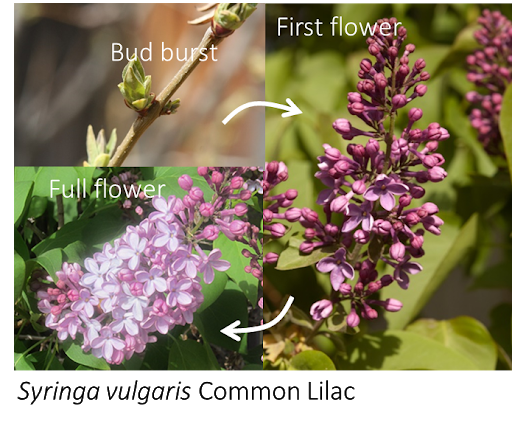
Be a Part of the Plant Science Community
Budburst participants can track the changes in ANY plants, ANY place, and ANY time! Participants can observe a plant once and provide Budburst scientists with a ‘snapshot’ of the plant’s place in its life cycle (e.g. Are flowers or buds present?). With repeated visits to an individual plant, participants can also track a plant throughout its life cycle. Budburst encourages anyone to participate, individuals, nature centers, student groups, and families. Our website includes activities for families, as well as virtual classrooms where teachers can track, download, and edit observations from their students.
RELATED: Unearthing History with the New York Botanical Garden
How Observations Help Scientists
Budburst participants have already provided their communities with important information about plants. By comparing Budburst data to local historical data, Chicago Botanic Garden researchers have found that 19 out of 20 studied plant species in Chicago are flowering earlier than they used to. Researchers have also used Budburst data to create models predicting the timing of cherry blossoms in Washington D.C, providing important information to the organizers of the annual cherry blossom festival (Chung et al., 2011). Another research group used Budburst data to understand how climate change might impact the spread and management of invasive plant species (Wolkovich and Cleveland, 2011). Join Budburst today and contribute to the effort to understand and save our plants!
Wild Relative of Wheat Could Help Curb Disease
This project is a SciStarter Affiliate. Create a SciStarter account then, on the Budburst Login page, select “Login with SciStarter” to earn credit for your participation moving forward!
Featured Image: Budburst participants collect data on plants. (Credit: Project Budburst)
References
Chung U, Mack L, Yun JI, Kim S-H (2011) Predicting the Timing of Cherry Blossoms in Washington, DC and Mid-Atlantic States in Response to Climate Change PLoS ONE 6(11): e27439.
Wolkovich EM, and Cleland EE, (2011) The phenology of plant invasions: a community ecology perspective Frontiers in Ecology and the Environment 9(5): 287-294
About the Author
Sarah Jones is the Education Manager for Project Budburst at the Chicago Botanic Garden. She has a biology Ph.D. through Michigan State University’s Ecology, Evolution, and Behavior program and is also a member of Project Biodiversify, which aims to promote diversity and inclusivity in biology classrooms. She loves teaching science in both formal and informal contexts and working with educators to make science meaningful and accessible to all students.

